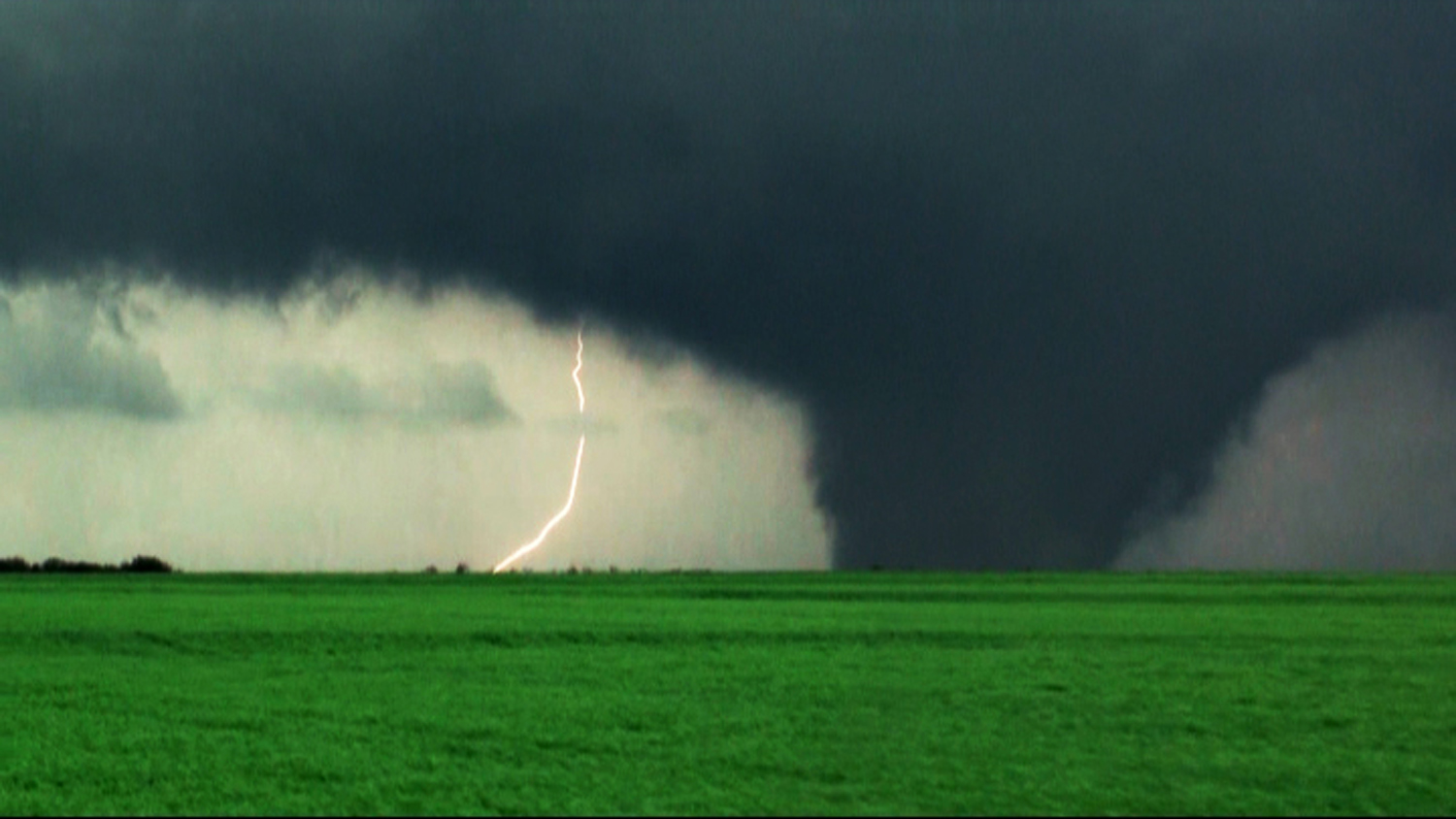Storm chasing: pushing the safety envelope
Storm chasers are a unique group of individuals who spend most springs driving across the most rural areas of the country in search of severe weather. The mentalities of such people driving thousands of miles and spending hundreds of dollars to see a phenomenon that may literally last seconds would have many people questioning their sanity. Most chasers say their passion to see such amazing weather is what fuels these quests, although a certain level of insanity plays a role.
While storm chasers come from a variety of backgrounds, all are weather geeks. A few have degrees in meteorology or atmospheric science, but most are weather geeks with cars. Their reasoning for being out is what separates them from others. Some are out doing scientific research, others are out for public safety, a few take groups of people out on “tours”, but many simply want to fulfill their desire to see the weather.
Even with the recent decline in gas prices, storm chasing remains an expensive activity. The costs of logging thousands of road miles and living out of hotels leads many to narrowing their ventures to a few weeks a year. Many take personal vacation time to make a set trip in hopes of seeing whatever they can within their allotted window of time. However, there are a few who offset those costs by selling videos to news organizations. While most will never make a living shooting weather video, many are able to recoup most of the costs, where breaking even is considered the goal.
As the popularity of storm chasing has increased, so has the number of people shooting weather video. The market has been flooded with imagery of severe weather and as a result has increased competition and driven down the price of those videos. Ten years ago, a good tornado video would easily net a thousand dollars per network whereas now that same video may only net one-third of that. Even as the quality of video has increased, the price continues to decline.
For chasers to be successful, they need to utilize the services of a video broker, someone who can do the legwork to sell the video while the chaser is in the field. A broker is usually responsible for notifying the networks of the incoming video and handles any licensing paperwork for a sale. To the broker, those chasers are called “stringers” or “freelance” video shooters. Once those stringers shoot the video, they edit it into a several-minute package and send the video over the Internet to the broker, and the broker handles the rest.
As a comparison, the movie “Night Crawler” follows an independent videographer or stringer working to sell footage to a local news station. In the movie, the pressure to make the sales is escalated when the station pushes the stringers by threatening them with the loss of their contract. While the real life weather stringers are not faking scenes, as in Night Crawler, they face an escalating need to get better, more dramatic video as storm chasers put themselves in dangerous situations to shoot high-quality video.
With the storm-chaser market flooded, competition can make selling video very difficult. While the sheer number of chasers on a single event can make the field difficult enough for any one chaser to make a sale, the other storm chasers aren’t the biggest source of competition. The general public, most of whom are unaware that their video can be worth money, will hand over their video to see their name on TV. That free video, regardless of quality, will more times than not get the airtime over any video that would cost the network a couple hundred dollars.
To stay ahead of that competition, storm chasers have pushed the safety envelope, often putting themselves closer to danger to get more extreme video footage. This has led to numerous incidents in recent years from chasers taking direct hits from tornadoes to causing auto accidents. As a result, the extreme chaser video has taken over the general market for storm video and led to criticism.
Over the last few years, extreme videos have aired publically, often sold to networks and aired to millions. These videos depict incidents of dangerous and questionable tactics by chasers. This has included dramatic footage taken of tornadoes yards away. In other cases, chasers have shown themselves taking dangerous risks such as hiding under overpasses or breaking traffic laws.
Storm chasers have a certain level of experience, usually much more so than members of the general public viewing these videos. Chasers are equipped with computers, mobile radar and various other tools that help them navigate severe weather. They also have experience and enough knowledge to make some of the calls they do. The public does not see this, but only the extreme video showing a chaser staying safe from a tornado. Without that context, it leads viewers to think they, too, can safely be close to tornadoes.
The catch-phrase these days is “saving lives,” which many chasers claim they are doing. Yet they will willingly release video that demonstrates unsafe or questionable behavior, which the public digests and sometimes imitates, unaware of the danger. As a result, members of the public continue to perform unsafe practices for the sake of better video. And the problem is compounded when such video is what producers seek.
Thus, chasers likely will continue to unknowingly endanger the public by showing these extreme encounters because that’s what gets on TV. Unfortunately, safe behavior simply cannot compete in today’s infotainment marketplace.
(Photo by Tony Laubach)
